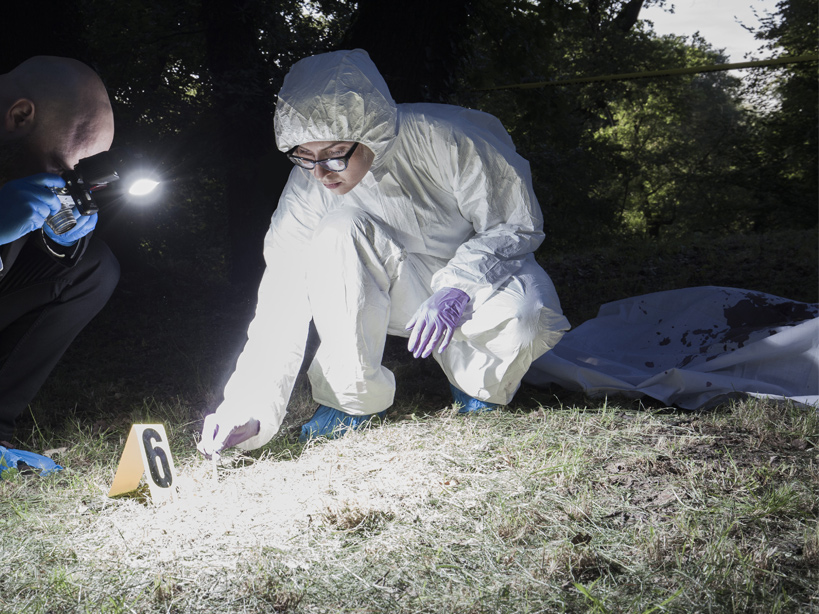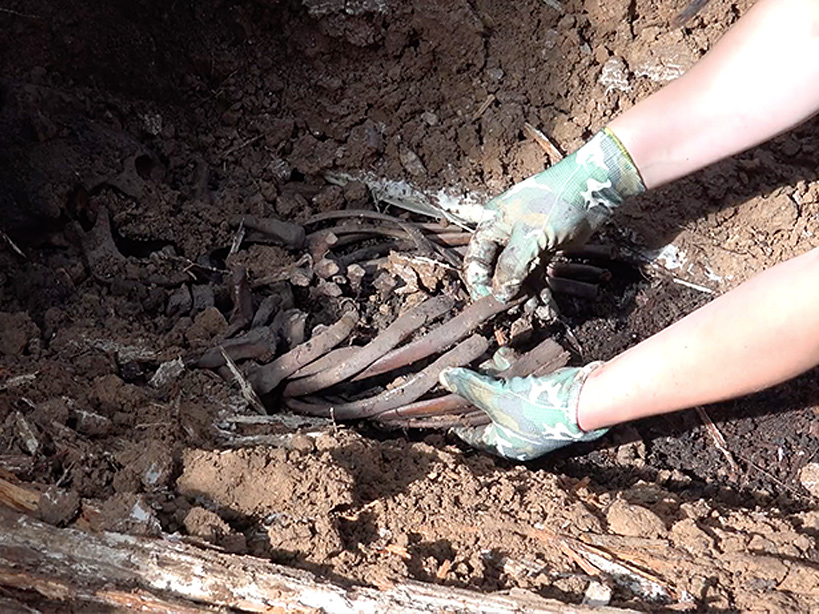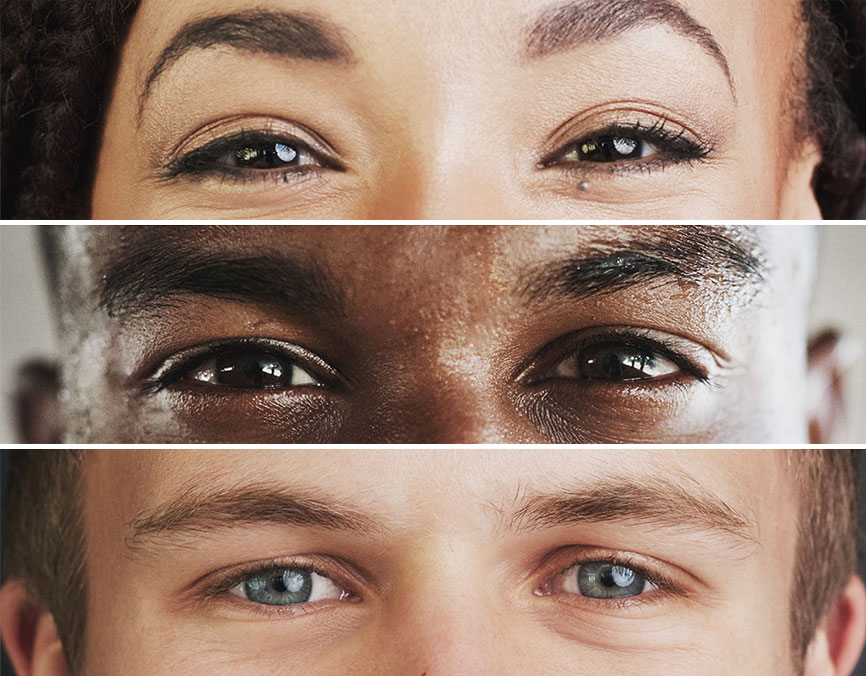Verogen Capabilities
Select a capability to learn more

Take your STR analysis to the next level
Short tandem repeat markers (STRs) are a constant in most human identification applications, but STRs still have more potential. Get better insights with our innovative technology. Whether you’re failing to recover enough information from a degraded sample, have insufficient sample to run the tests needed to get a conclusive answer, struggle to resolve minor contributors in a mixture, or want to avoid the complications of capillary electrophoresis (CE), Verogen NGS solutions are here to help.
With options for either compact analysis of the most common loci or an expanded combination of identity and investigative markers, the Verogen STR portfolio supports a variety of analyses. Our industry-leading NGS technology has been proven to achieve a successful conviction in a case that traditional CE analysis was unable to resolve.
Related Products

Rescue even the most challenging samples
Mitochondrial DNA (mtDNA) is a powerful alternative source of information when nuclear DNA is compromised or absent. Used for rootless hairs, teeth, bones, and other challenging sources, mtDNA has become routine for missing persons and disaster victim identification efforts. However, quality and scaling issues associated with traditional Sanger sequencing methods have confined mtDNA to a limited role in a few specialty centers.
Whether you’re looking to introduce mtDNA analysis to your laboratory, transition from Sanger sequencing to NGS, or improve your results obtained from other NGS technologies, Verogen mtDNA workflows offer a unique combination of performance, efficiency, and ease of use—for any lab, of any size.

Explore and establish genetic connections
From forensic genetic genealogy to paternity, kinship analysis covers an expanding range of applications. Scale your operations and take advantage of emerging capabilities within your existing laboratory environment and on equipment that suits a range of other relevant applications.
Forensic genetic genealogy (FGG) has the potential to lead to a name in missing persons or criminal investigations when all other avenues have failed. Our GEDmatch database has already helped solve more than 200 cases by expanding the network of available information. However, many current FGG analysis tests aren’t designed for forensic samples and are generally not available to forensic laboratories other than via outsourcing.
Our NGS-based technologies also offer more power and performance for relationship scenarios, such as deficiency cases, male relative disputes, and noninvasive prenatal paternity testing.
Related Products

Keep investigations alive with biological witnesses
When a DNA sample in question doesn’t match a reference profile or a database, investigations can go cold without additional leads.
Well-characterized pigmentation and biogeographical ancestry markers are increasingly being used to help sketch a physical description and reduce the suspect pool in criminal cases or individuals of interest in missing persons investigations. Verogen NGS solutions combine these markers with other identity markers in the same analysis, helping you recover more information from a single sample.
As research progresses, we seek to expand our visible phenotyping portfolio to create a comprehensive workflow for ancestry and appearance estimation.

